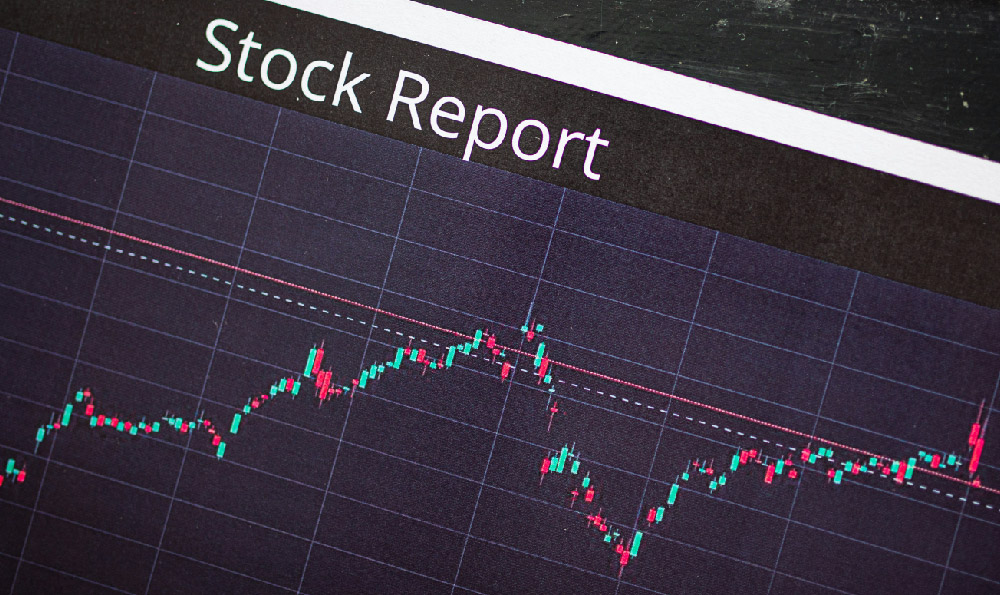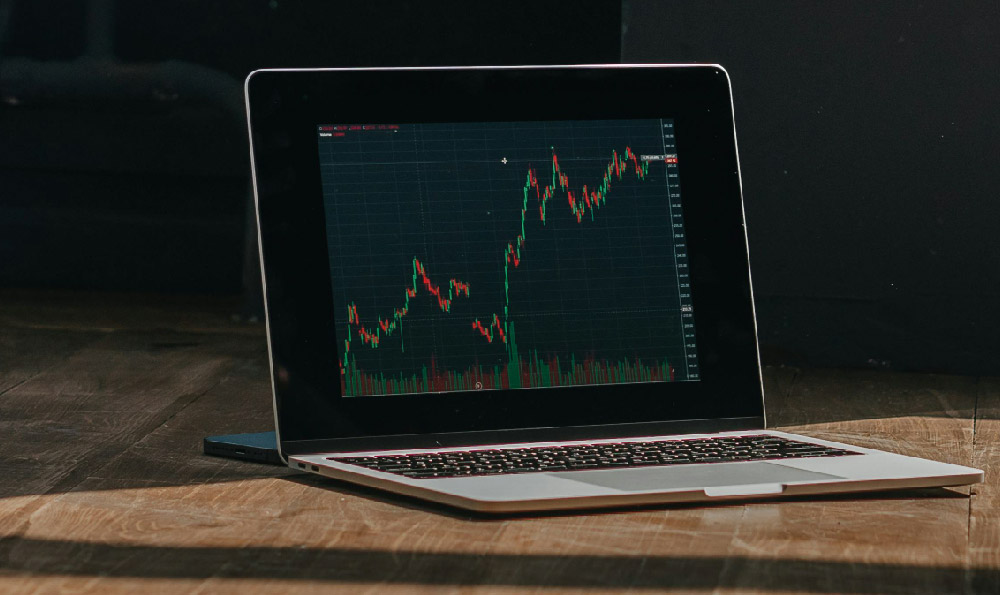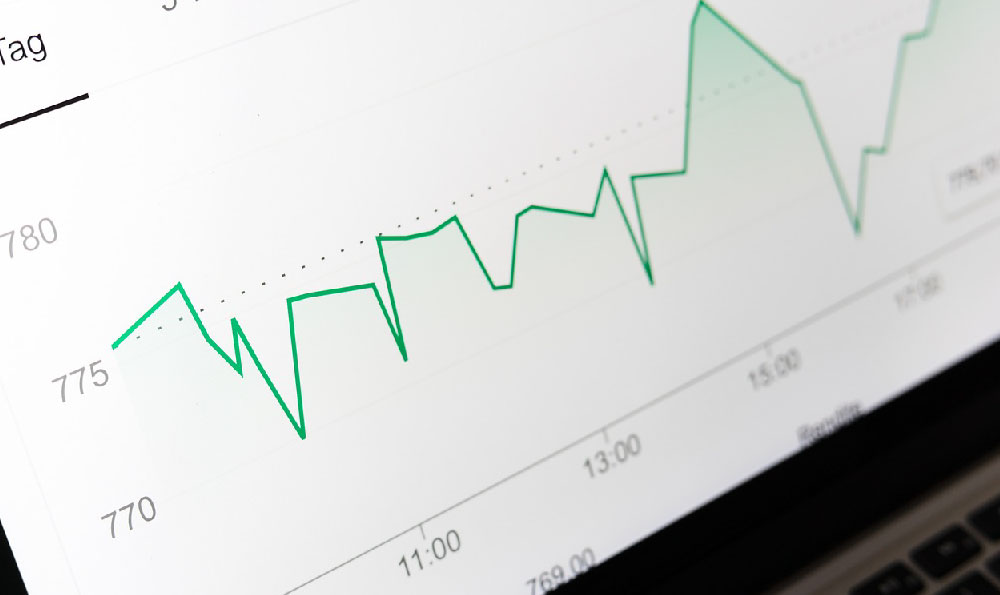Robinhood, the commission-free trading platform, has disrupted the brokerage industry and attracted millions of new investors. Its user-friendly interface and accessibility have made it incredibly popular, particularly among younger demographics. However, the question remains: Can you actually make money using Robinhood, and more importantly, how? Furthermore, understanding how Robinhood itself generates revenue is crucial to assessing the platform's incentives and potential conflicts of interest. Let's delve into the mechanics of making (and potentially losing) money on Robinhood, alongside a look at their business model.
Making money on Robinhood, at its core, operates on the same principles as any other investment platform. It hinges on buying assets (stocks, ETFs, options, and cryptocurrencies, depending on availability and your account type) at a lower price and selling them at a higher price. The challenge, of course, lies in predicting which assets will appreciate in value. There are multiple strategies you could employ, each carrying varying degrees of risk.
One common approach is long-term investing. This involves identifying companies with strong fundamentals, solid growth potential, and a competitive advantage in their respective industries. Investors buy and hold these stocks for an extended period (years or even decades), riding out short-term market fluctuations and benefiting from long-term growth and dividends. This strategy requires patience, diligent research, and a willingness to tolerate volatility. Robinhood, despite its reputation for short-term trading, can facilitate this strategy through fractional shares, allowing investors to buy into companies even with limited capital.

Another method is swing trading, a short-term strategy aimed at capturing profits from price swings over days or weeks. Swing traders analyze charts and technical indicators to identify potential entry and exit points, exploiting short-term market trends. This approach demands more active management, technical analysis skills, and a higher risk tolerance, as the likelihood of misreading market signals increases. Robinhood's real-time market data and charting tools can be used for swing trading, but users need to be wary of the platform's simplified presentation, which might obscure crucial details.
Day trading, the most active and riskiest strategy, involves buying and selling assets within the same day. Day traders aim to profit from small price movements, often using leverage to amplify their gains (and losses). This requires constant monitoring of the market, lightning-fast decision-making, and a deep understanding of market dynamics. Day trading is notoriously difficult and prone to losses, especially for inexperienced traders. Robinhood has come under scrutiny for gamifying the trading experience, which can encourage excessive day trading among its users. Be exceptionally careful if you’re drawn to this strategy; paper trading or simulation accounts should be your initial steps before risking real capital.
Options trading presents another avenue for potential profits, but it’s also the most complex and risky investment strategy available on Robinhood. Options contracts give the buyer the right, but not the obligation, to buy or sell an underlying asset at a specific price on or before a certain date. Options can be used to hedge existing positions, speculate on price movements, or generate income. However, options trading involves significant leverage and can result in substantial losses, even exceeding the initial investment. It's critical to thoroughly understand options contracts, risk management techniques, and the potential consequences before engaging in options trading on Robinhood or any platform.
Beyond trading strategies, diversifying your portfolio is paramount to managing risk. Don't put all your eggs in one basket. Spread your investments across different asset classes (stocks, bonds, real estate, etc.), industries, and geographies. This helps to mitigate losses if one particular investment performs poorly. Robinhood allows access to ETFs, which are baskets of stocks or bonds that offer instant diversification. Consider incorporating diversified ETFs into your portfolio to reduce risk.
Now, let's look at how Robinhood makes money. Understanding their revenue streams is crucial to assessing potential conflicts of interest. The primary source of Robinhood's revenue is payment for order flow (PFOF). This involves selling its customers' order data to market makers (high-frequency trading firms) who execute the trades. These market makers pay Robinhood a small fee for the opportunity to fill these orders.
While Robinhood maintains that PFOF allows them to offer commission-free trading, critics argue that it creates an incentive for the platform to prioritize order flow volume over the best execution price for its customers. In other words, Robinhood may choose to route orders to market makers who offer a higher payment, even if that means the customer receives a slightly worse price on their trade. This "worse price" can manifest in wider bid-ask spreads or slight delays in execution. Though seemingly small on an individual trade, these differences can accumulate over time and erode potential profits.
Another significant revenue stream is interest income. Robinhood earns interest on the uninvested cash balances held in its customers' accounts. As interest rates rise, this revenue stream becomes more lucrative. Margin lending, where Robinhood allows users to borrow money to trade, also generates interest income. While margin can amplify gains, it can also magnify losses, and it’s crucial to fully comprehend the risks involved before using margin.
Additionally, Robinhood generates revenue from its Robinhood Gold subscription service. This premium service offers features like higher instant deposits, access to professional research reports, and margin investing (with lower interest rates than standard margin). While these features can be valuable for some investors, it's important to assess whether the cost of the subscription outweighs the benefits.
In conclusion, making money on Robinhood is entirely possible, but it requires a disciplined approach, a sound investment strategy, and a thorough understanding of the risks involved. It's not a magic formula for instant riches. Be wary of the platform's potential conflicts of interest arising from PFOF and other revenue streams. Do your own research, diversify your portfolio, and never invest more than you can afford to lose. Remember that successful investing is a long-term game, and patience and discipline are key. Understanding Robinhood's revenue model and its impact on trade execution is crucial for making informed decisions and navigating the platform effectively. Focus on building a sustainable and diversified portfolio based on your individual financial goals and risk tolerance.












